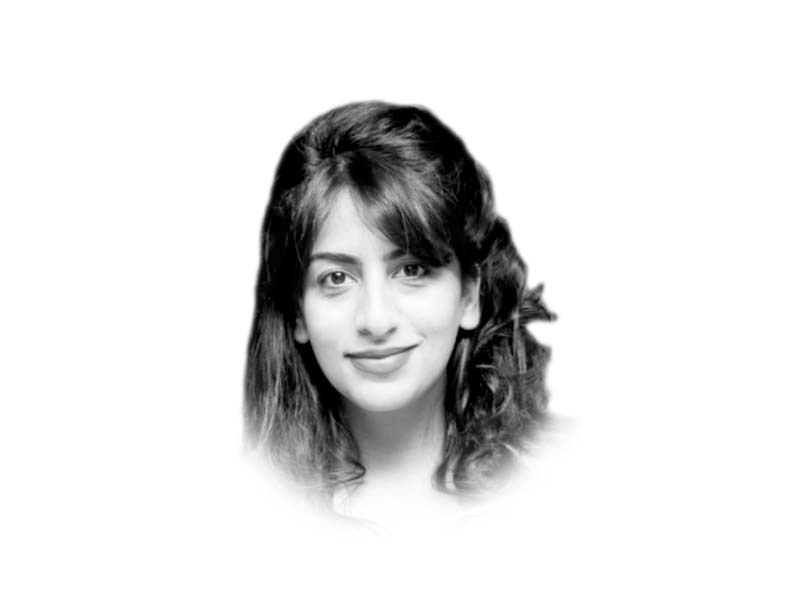
An aspect of this is how in more than 100 countries, 46% stories in media uphold gender stereotypes as researched by the Global Media Monitoring Project (2010). According to Unesco, women were the focus of 10% of news and comprised 20% of experts interviewed in 2018, while 73% management positions are occupied by men.
Gender discrimination has been of a magnitude that has innovated new forms of oppression and exploitation. Media portrays prevailing male-dominated perspectives in mannerisms that objectify females, allow fewer female opinions and become barriers to glass ceilings to female professionals, hence legitimising their status in society as dependents needing protection. Stereotypical perceptions on gender are socially endorsed with narrow spaces for moving towards gender sensitivity and equality reformation processes.
WHO shows that 1 in 10 women have experienced cyber violence since the age of 15. When women engage online, they experience more intense forms of cyber violence: a global problem with potentially far-reaching economic, socio-cultural and mental health consequences.
With social media, women still lag behind men in access and technological savviness. Females in developing countries have limited access to the internet, impacting their educational and employment opportunities. The use of internet as an instrument for empowerment purposes increases vulnerability and is compromised on multiple fronts.
Another highly centralised agenda in the entertainment industry is how the female “image” depicts femininity as subsidiary to men, deliberately focusing on negating and not utilising their individuality for good effect. This causes dissatisfaction amongst women as they are conscious of their bodies with pressures of creating the “perfect” body, causing a rise in eating disorders and mental health issues.
Domestication of females in media further reinforces gender binaries and male-dominated societal power structures are internalised. Relationships show traditional roles for women and normalises violence, and enables unacceptable behaviour towards women as the norm where men validate exercising dominance and aggression. This has repercussions for the achievement of SDG goal 5, which focuses on eliminating gender-based discrimination.
Although media has played a dangerous role in promoting negativity for women, there still is hope women’s voices will be heard. Overtime, women activists have spread their messages through media during different waves of the feminist movement.
Similar to many industrial spaces, media is an avenue struggling to harbour gender balance. It is imperative to understand it plays a pivotal role in moulding lives and more needs to be done towards women centrality. Excluding one is not giving the respective party a rightful voice, which becomes the norm for a society in projecting inaccuracy. Media platforms should strategise content to ensure that women are given equal opportunities as powerful agents of social change, and in overcoming the gender digital divide.
Published in The Express Tribune, September 14th, 2019.
Like Opinion & Editorial on Facebook, follow @ETOpEd on Twitter to receive all updates on all our daily pieces.


1732519298-0/BeFunky-collage-(85)1732519298-0-165x106.webp)
1732611352-0/lamar-(5)1732611352-0-165x106.webp)
1732610018-0/BeFunky-collage-(91)1732610018-0-165x106.webp)







COMMENTS
Comments are moderated and generally will be posted if they are on-topic and not abusive.
For more information, please see our Comments FAQ